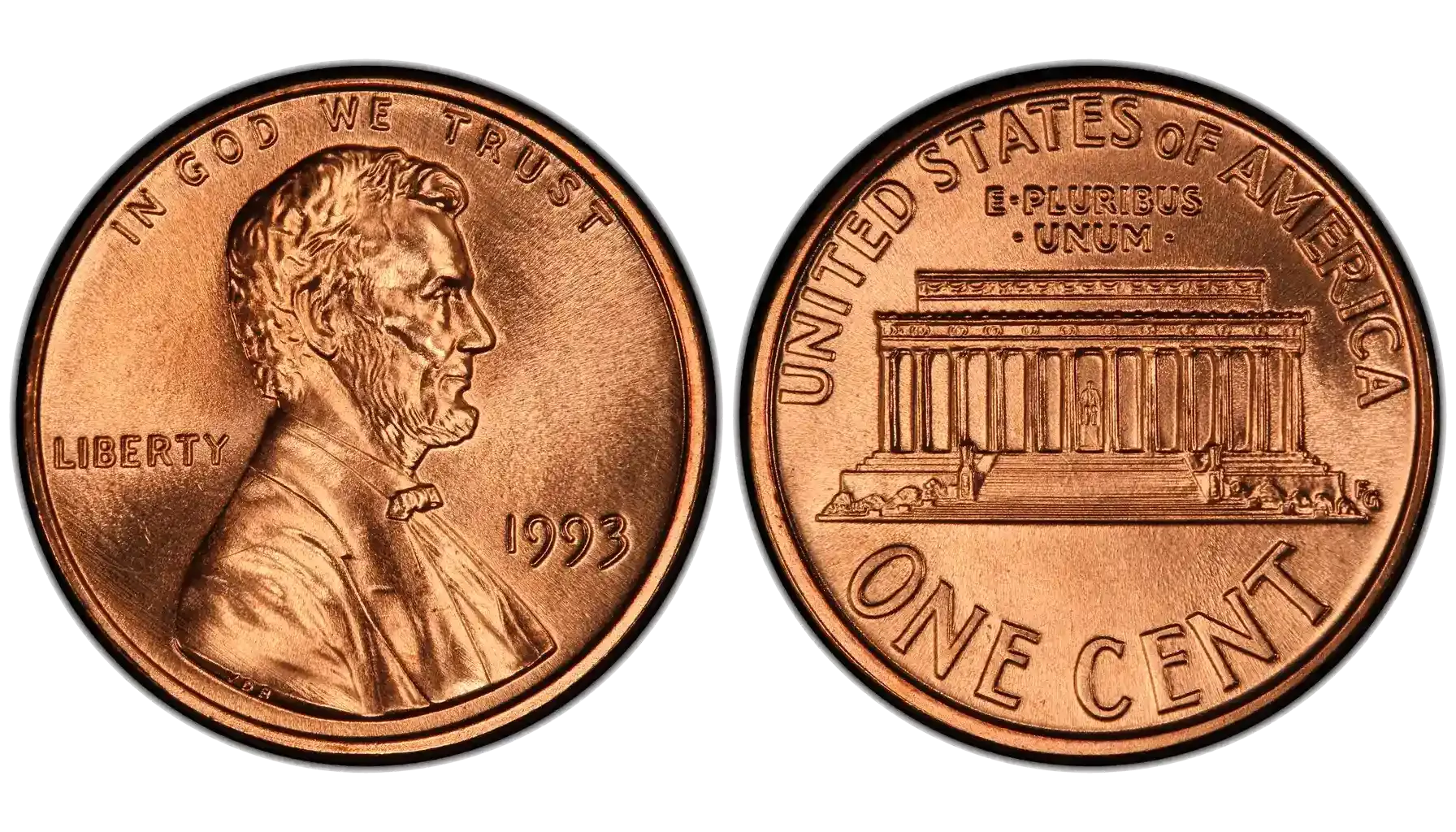Contents:
- What Makes a Nickel Rare or Valuable?
- Common Nickel Errors That Increase Value
- Rare Nickels in Circulation – What to Look For Today
- Mint Marks and Rare Years That Matter Most
- Spotlight on Rare Jefferson Nickels and Their Value
- Buffalo, Indian Head & V Nickels – What to Know
- Top 25 Rare Nickels Worth Money (With Values)
- How to Spot, Store, and Sell Your Rare Nickels
Rare nickels capture the imagination of collectors and investors alike. From early 20th-century issues to mid-century war-time varieties, these five-cent pieces carry fascinating stories and hidden value. In this list, you’ll discover the top 25 rare nickels—ranging from the elusive 1913 Liberty Head worth millions to the 1942/1 overdate fetching hundreds or thousands. Along the way, you’ll learn key minting details, grading criteria, and market trends that influence each coin’s price.
Whether you’re a seasoned numismatist or a curious beginner, this guide will show you exactly which nickels to hunt and why they command such high premiums. You’ll find full value charts, condition notes, and tips on spotting genuine rarities in circulation or auction listings. You’ll even learn how to identify foreign coins that might sneak into a mixed change lot—ensuring you never overlook a potentially valuable find.
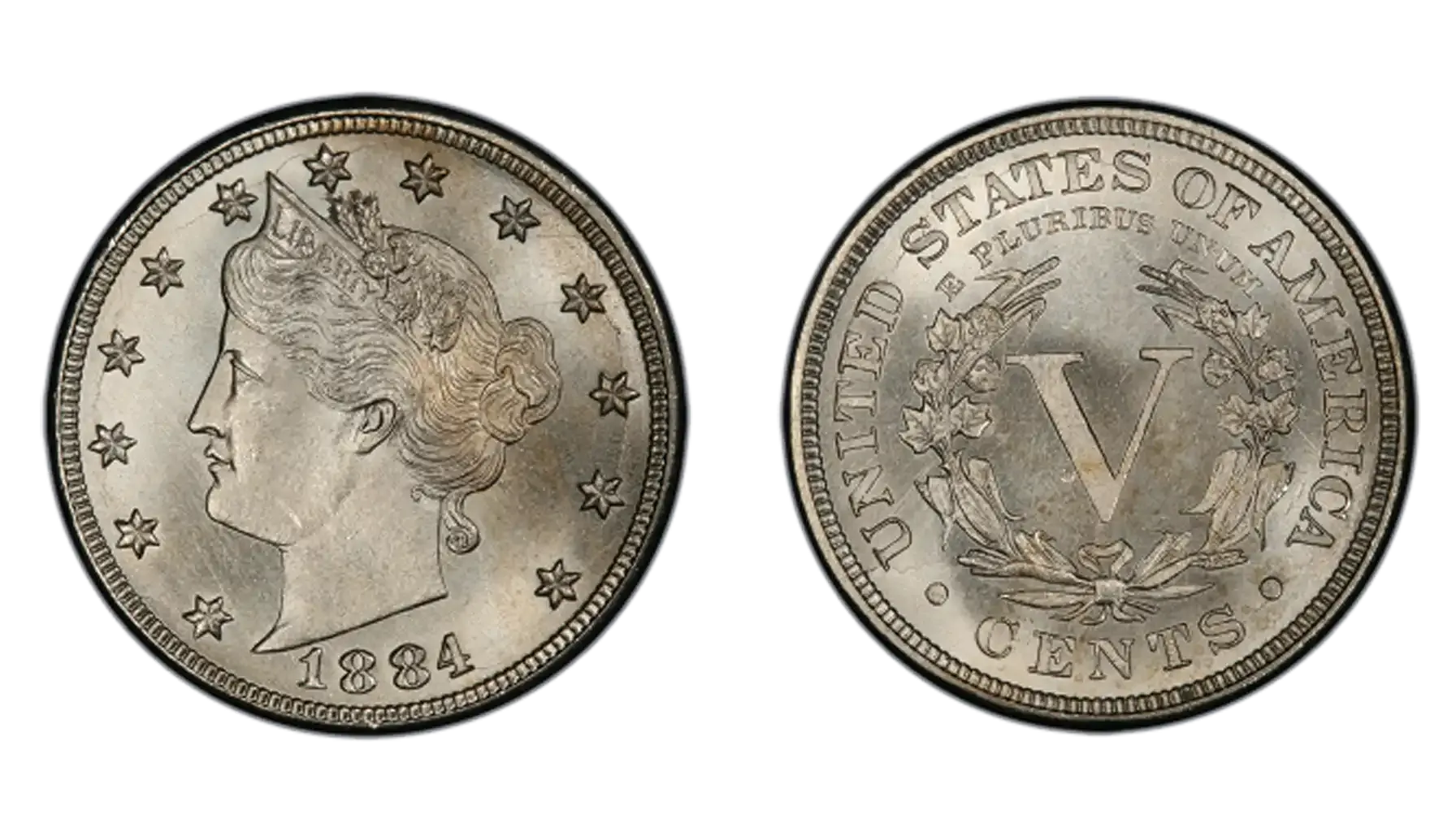
What Makes a Nickel Rare or Valuable?
Collectors often ask are there any rare nickels that fetch high prices at auction. Age plays a big role, especially for early issues made in the 19th century. Composition also matters; silver-plated wartime nickels carry extra value. When you focus on design changes or short production runs, you can spot rare nickels worth money in a bulk roll or collection.
Next, researchers investigate what year nickels are rare by examining mint records and survival estimates. Some years saw very low mintages or unique features, such as the 1913 Liberty Head’s secret production. Wartime change in metal content during the 1940s also produced scarce error types. By comparing mint totals and known survivors, collectors narrow down the most sought-after dates.
Collectors also study rare nickels of the 20th century to understand supply and demand. Wartime silver nickels from 1942 to 1945 have distinct markings that set them apart. Error coins—like doubled dies or off-center strikes—also appear in mid-century issues. Condition remains crucial: uncirculated coins demand the highest premiums, while poor-quality examples struggle to sell above face value.

5 factors that make nickels valuable
Age and Rarity: Older coins from low-mintage years often command higher prices.
Metal Composition: Silver or special alloy carry intrinsic metal value above face value.
Mint Errors: Strikes with doubling, wrong planchets, or misaligned dies draw collector interest.
Mintage Numbers: Coins produced in limited quantities typically fetch premiums.
Condition and Grade: High-grade, minimally worn examples (MS60+) earn top dollar.
Common Nickel Errors That Increase Value
Double Die Errors
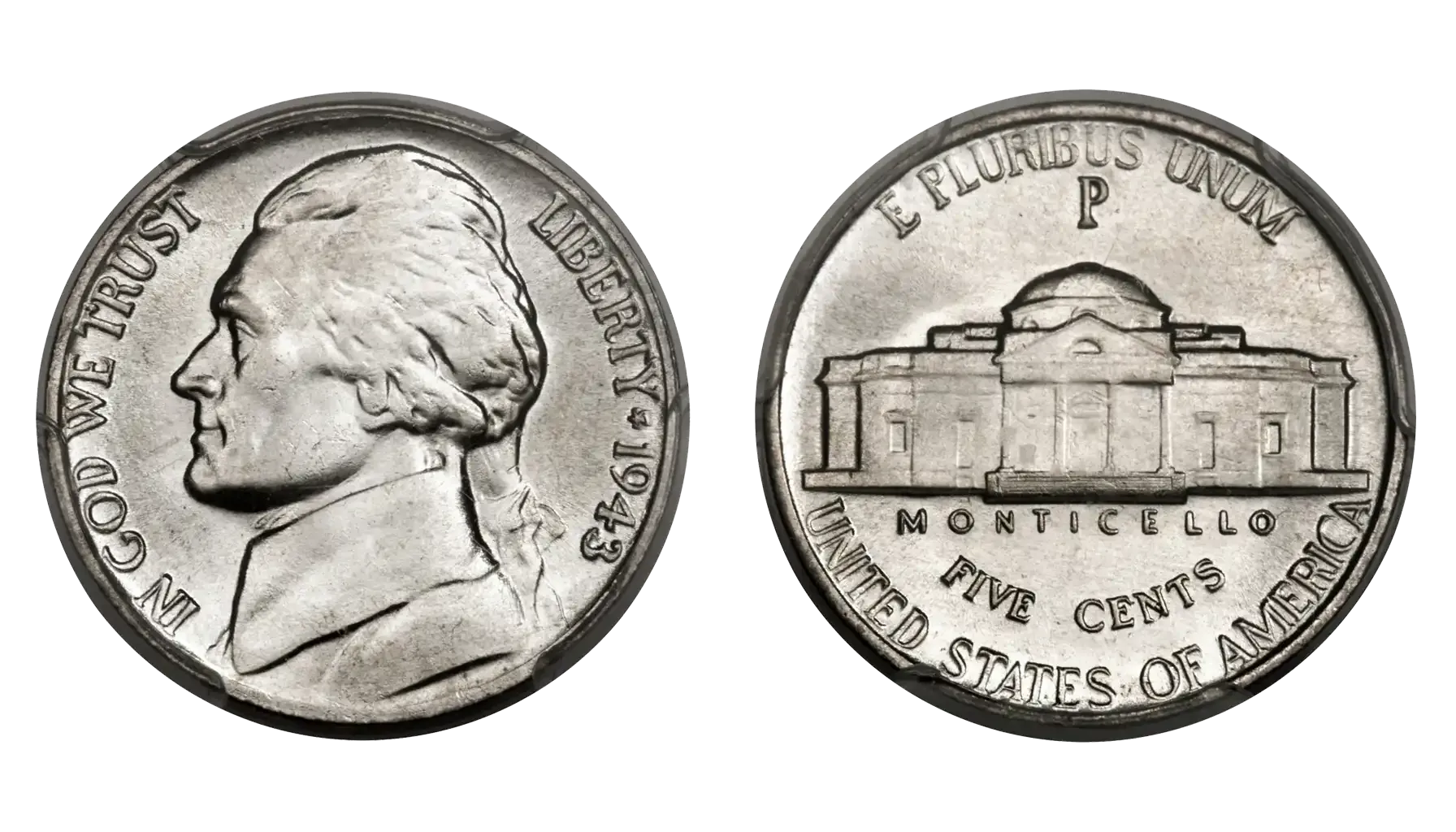
Collectors prize error rare nickels when they spot double die strikes. These errors occur during the hubbing process when the die receives a slight shift between impressions. The result shows doubled features on letters, numbers, or design elements. Double die nickels often demand high premiums in the marketplace.
Inspect letters and date for shadowed outlines or overlapping edges.
Use magnification to confirm if doubling appears on multiple design areas.
Compare to a known standard specimen to highlight doubled lines.
Look at coin fields under strong light to see raised secondary images.
Check both obverse and reverse for consistent doubling patterns.
Off-Center Strikes
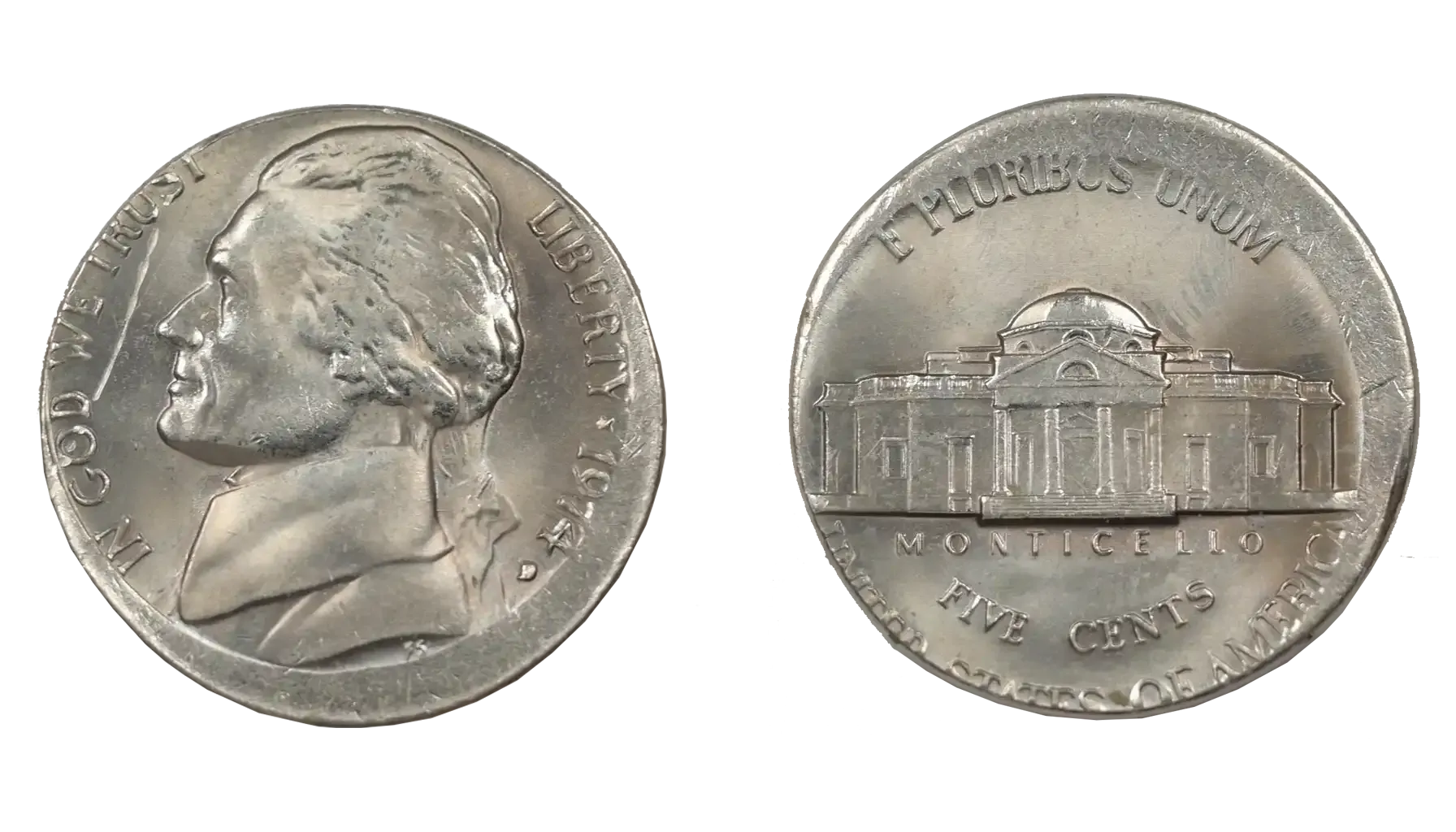
Some collectors hunt rare dimes and nickels when they find off-center strikes. These errors happen when the planchet misaligns under the die before striking. The design then appears partially off the coin’s face. More dramatic off-center shifts often command higher collector interest and value.
Measure how far the design is shifted away from the center.
Look for unstruck planchet areas showing raw metal on the coin’s surface.
Examine the rim for missing or incomplete design elements.
Check for blended die marks that reveal misalignment.
Compare to a properly centered example to assess displacement.
Clipped Planchet Errors
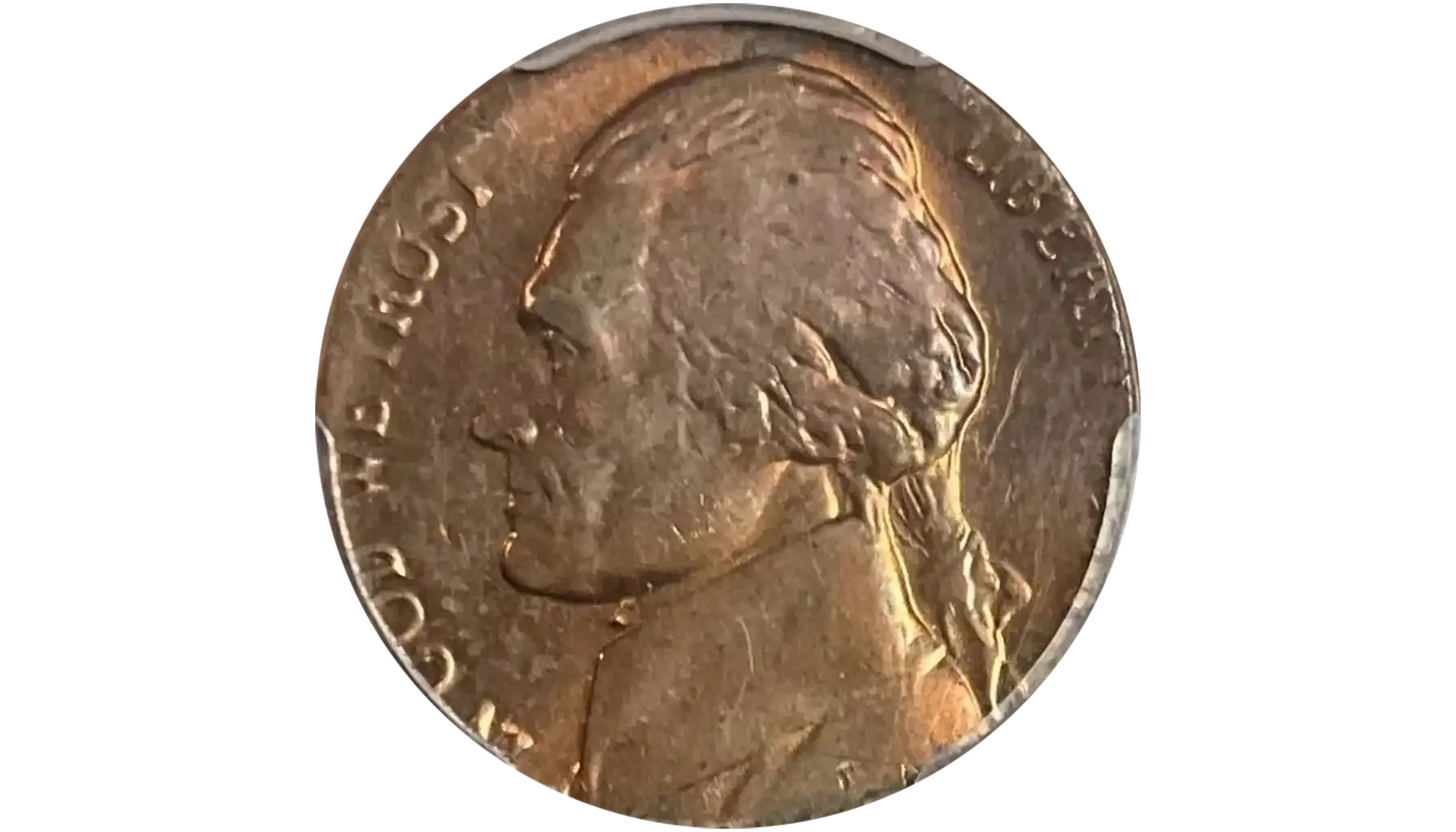
Collectors often ask about rare nickels to look for when they spot clipped planchets. This error occurs when the metal strip didn’t feed evenly into the blanking press. The coin then receives a curved or straight clip along its edge. Clipped planchets with significant curvature command premiums among niche collectors.
Look for a smooth, curved missing section on the coin’s rim.
Check if the clip edges are consistent with the strip feeding path.
Use magnification to spot any straight-line cuts indicating a clipped edge.
Compare to other coins to confirm unusual rim shapes.
Weigh the coin to see if it falls below standard weight due to missing metal.
Wrong Planchet Errors
Certain rare coins nickels resulted when the Mint used wrong planchets. In these cases, the die struck a nickel design on a non-nickel blank. Collectors value these pieces for their unexpected metal composition. A wrong planchet error often stands out and fetches sizable premiums.
Check the coin’s metal color and texture for inconsistencies.
Weigh the coin and compare it to a standard’s weight.
Inspect the edge for unusual core layers or plating remnants.
Look for faint traces of an earlier design on the same planchet.
Use a magnet test to detect non-standard metals in the coin’s core.
Rare Nickels in Circulation – What to Look For Today
Collectors hunting for rare nickels in circulation often search their loose change and rolls at the bank. Some of these coins still surface thanks to small hoards and forgotten stashes. You might spot rare valuable nickels from the 20th century that slipped through production cracks or short mint runs. Keep an eye out for coins with distinct mint marks, unusual wear patterns, or subtle design anomalies, as these traits often signal a hidden treasure among common change.
Today’s pocket change can also yield rare modern nickels alongside classic finds. Certain low-mintage Jefferson and experimental issues remain in circulation, waiting to be discovered by sharp-eyed collectors. Even old rare nickels like early Buffalo types occasionally appear in circulated condition. By focusing on years with historically low mintages or known error runs, you increase your chances of uncovering a valuable piece during everyday transactions.
6 Nickels Still Found in Circulation are:
1913 Liberty Head (extremely rare, but occasional proofs emerge in estate coin collections)
1937 “Three-Legged” Buffalo (mistake on reverse legs, highly sought after)
1950-D Jefferson (lower mintage Denver issue, sometimes slips into change)
1955 Doubled Die Jefferson (noticeable doubling on obverse, collectible)
2004-D Westward Journey (low-mintage varieties from Denver Mint)
2005 “P” Jefferson with Special Mint Mark (unique proof-like quality)
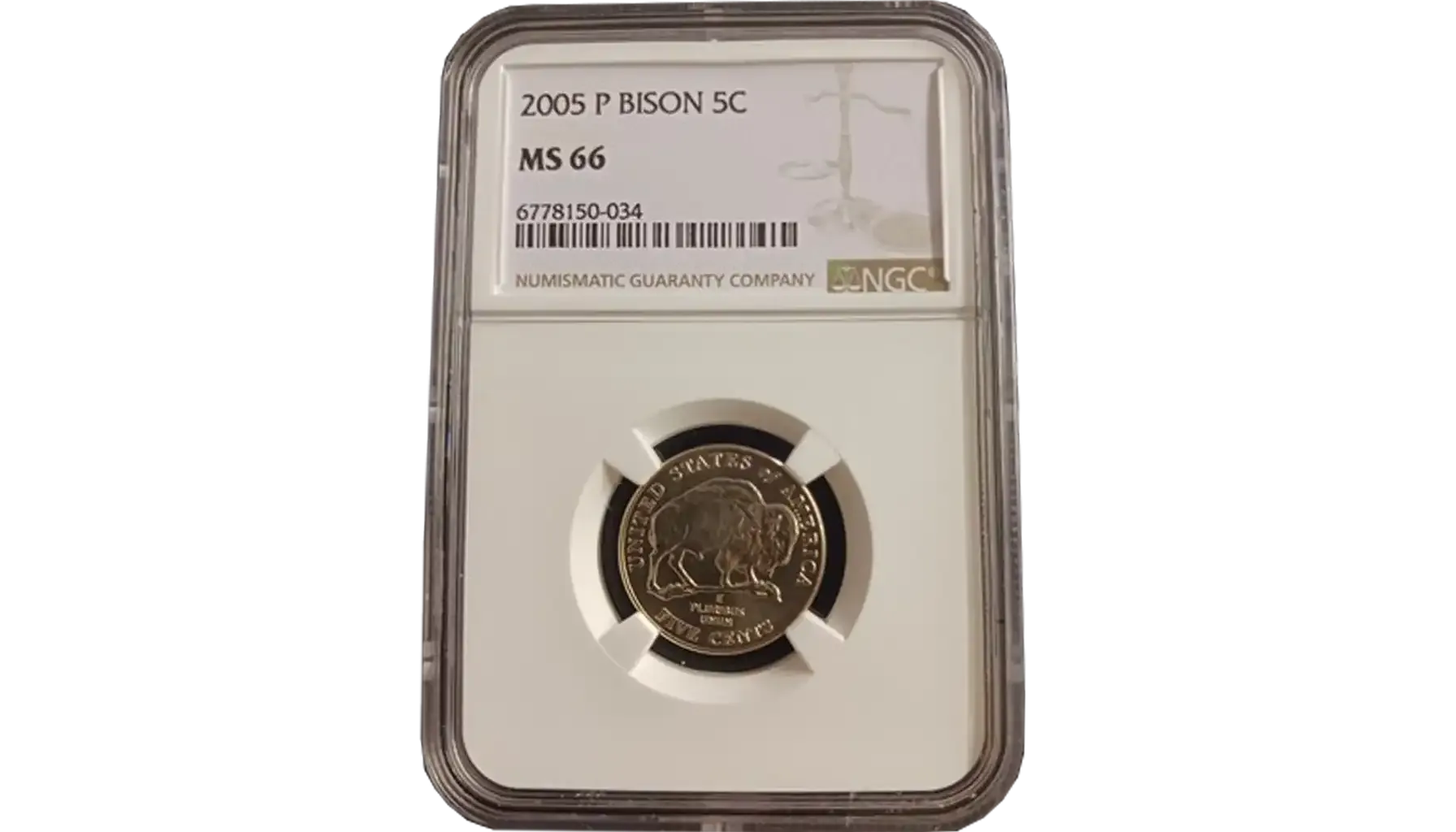
For more tips on uncovering hidden treasures in your pocket, see Valuable Coins to Look for.
Mint Marks and Rare Years That Matter Most
Mint marks play a crucial role in determining a nickel’s scarcity and value. To know where is the mint mark on a nickel, look just below Monticello on Buffalo nickels or beside Jefferson’s bust on newer issues. Philadelphia pieces often lack any mark or display a small “P,” while Denver coins carry a “D,” San Francisco issues bear an “S,” and the now-defunct Carson City branch used “CC.” Understanding these symbols helps collectors target rare us nickels from low-mintage facilities, where production numbers fell short and survival rates dropped over time.
Beyond mint identification, certain dates stand out as rare years for nickels due to limited output or wartime metal changes. For example, the 1913 Liberty Head and 1937 “Three-Legged” Buffalo are legendary among collectors. Some even consult a 1917 dime error list with mint mark location to research broader Mint practices and spot patterns that may affect coin issues. By focusing on these scarce dates and marks, hobbyists can zero in on coins that offer both historical significance and premium value.
Mint Mark | Location on Nickel | Notable Rare Year | Rarity Notes |
P (Philadelphia) | Obverse, right of Jefferson’s portrait (post-1968 issues) | 1913 Liberty Head | Extremely low mintage; high collector demand |
D (Denver) | Obverse, left of Monticello (Buffalo) or near date (Jefferson) | 1938-D Buffalo | Limited production; many melted down |
S (San Francisco) | Reverse, under the ground line (Buffalo) or right field (Jefferson) | 1942-S War Nickel | Silver content; scarce error varieties |
CC (Carson City) | Reverse, above “FIVE CENTS” (Buffalo) | 1883-CC No “Cents” | Early coinage errors; classic rarity |
Spotlight on Rare Jefferson Nickels and Their Value
Collectors seek rare and valuable jefferson nickels from low mintage dates and error types. A rare jefferson nickels list highlights 1919-S and 1942-P varieties. These issues top rare nickels worth money charts when found in high grade.
Collectors compare 1948 dime no mint mark value to gauge market trends. For tips, see Jefferson Nickel Values: Key Dates.
Buffalo, Indian Head & V Nickels – What to Know
Buffalo, Indian Head, and Liberty “V” nickels hold a special place in coin history. Collectors often ask are buffalo nickels rare given fluctuating survival estimates. The three designs spanned from 1883 to 1938 and reflected changing artistic trends. Each series includes standout dates with strong collector appeal and high premiums.
Buffalo pieces like the 1913 and 1937-D drive top prices on auction blocks. Enthusiasts chase rare buffalo nickels worth money based on condition and mint marks. Indian Head issues from 1883–1912 remain popular, and rare indian heads like 1912-S demand steep premiums. Liberty “V” nickels shine with types like the 1913 Liberty Head and 1917-S. Collectors also track rare v nickels from low-mintage years when building sets.
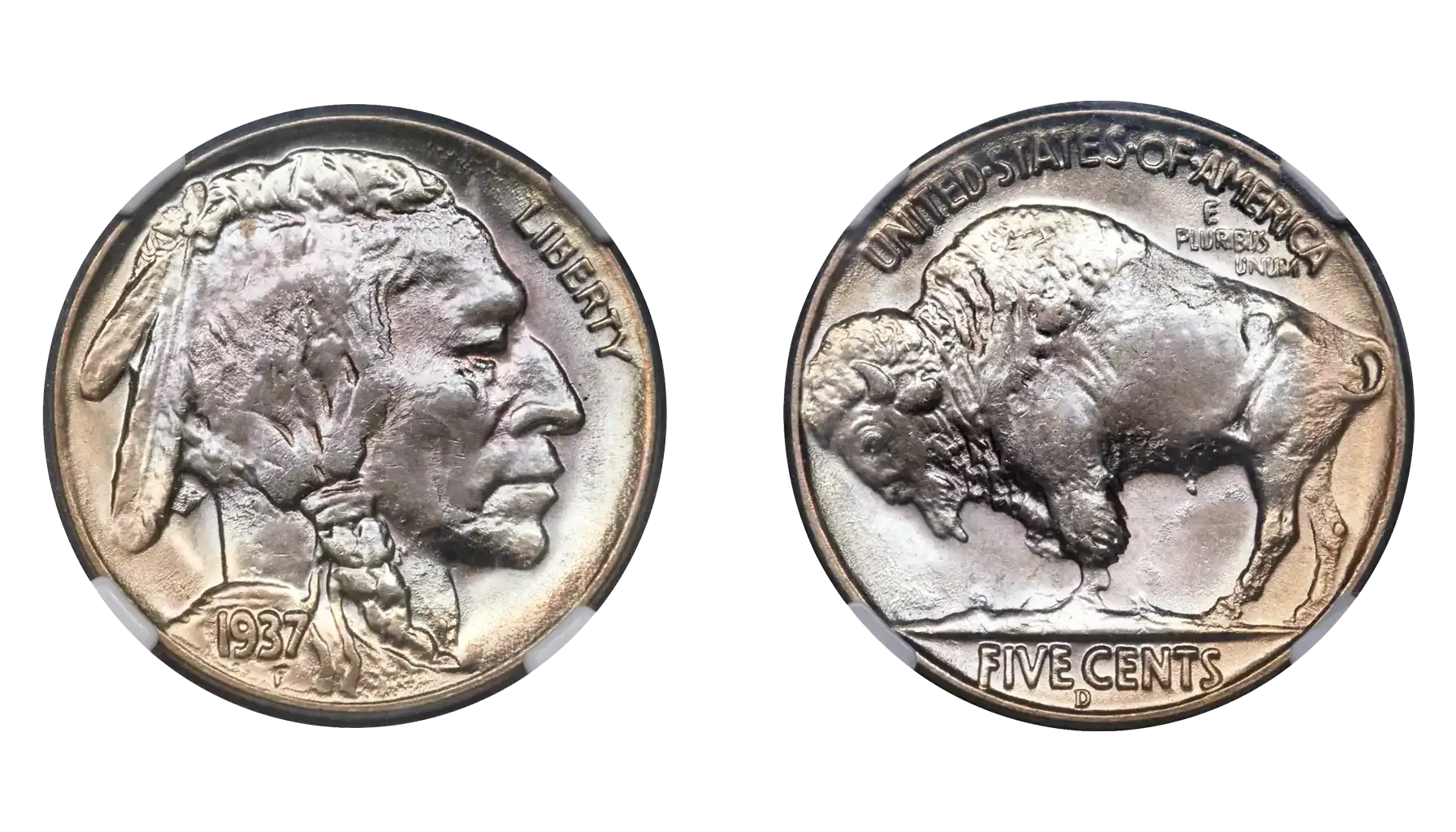
Top 25 Rare Nickels Worth Money (With Values)
Collectors often turn to a rare nickels worth money list to focus on rare nickels to look out for when hunting through estates or pocket change. This guide highlights some of the most rare nickels in U.S. history, including early Liberty Head issues and classic Buffalo varieties. Many wonder how rare are buffalo nickels, since certain dates and mint marks appear so infrequently that they command huge premiums. By knowing which coins top this list, you can target key years and mints before paying premium prices.
Rank | Date | Mint | Type | Value (USD) |
1 | 1913 | None | Liberty Head | $4,500,000+ |
2 | 1937-D | D | Buffalo | $500,000+ |
3 | 1915-S | S | Buffalo | $100,000+ |
4 | 1918/7-S | S | Buffalo | $80,000+ |
5 | 1927-S | S | Buffalo | $60,000+ |
6 | 1918 | P | Buffalo | $50,000+ |
7 | 1942/1 | D | Buffalo | $20,000+ |
8 | 1916 | P | Buffalo (Nomad) | $15,000+ |
9 | 1901 | P | Buffalo | $12,000+ |
10 | 1912-S | S | Liberty Head V | $10,000+ |
11 | 1938-D | D | Buffalo | $8,000+ |
12 | 1912 | P | Buffalo | $7,000+ |
13 | 1917-S | S | Buffalo | $5,000+ |
14 | 1943-P | P | Jefferson (Silver) | $4,000+ |
15 | 1950-D | D | Jefferson | $3,000+ |
16 | 1912-D | D | Liberty Head V | $2,500+ |
17 | 1920-S | S | Liberty Head V | $2,000+ |
18 | 1942-P (D over P) | P | Jefferson (D over P) | $1,500+ |
19 | 1955-D | D | Jefferson | $1,000+ |
20 | 1964-D | D | Jefferson Proof | $800+ |
21 | 2004-D | D | Westward Journey | $500+ |
22 | 2005-P | P | Nickel Nova | $400+ |
23 | 1911-S | S | Liberty Head V | $300+ |
24 | 1939 | P | Buffalo | $250+ |
25 | 1919 | P | Buffalo | $200+ |
How to Spot, Store, and Sell Your Rare Nickels
Many collectors first ask are there any rare nickels in their loose change or inherited collections. To answer, learn what nickels are rare by studying key dates, mint marks, and known error types. Use a magnifying glass to inspect for doubling, misstrikes, or unusual wear patterns.
Compare suspect nickels to reference photos and note any irregularities. You can also check other coins for context—sometimes tracking dime 1917 value helps you gauge broader market trends, since many collectors group early 20th-century silver pieces when assessing worth.
Label folders with details like date and mint to avoid confusion later. When it’s time to sell, research marketplaces and audience preferences—rare Canadian nickels can attract specialty buyers in addition to U.S. enthusiasts. For guidance on timing, pricing, and choosing the best platform, see How to Sell a Coin Collection.

